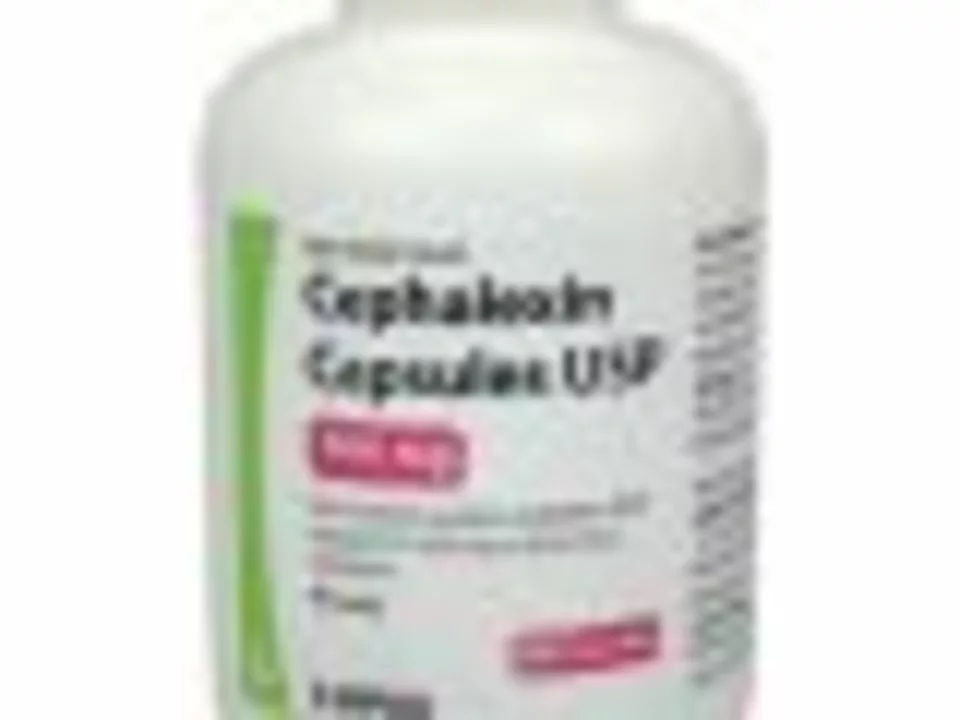Cephalexin: What It Is, How to Use It, and Where to Get It
If you’ve been prescribed Cephalexin, you probably have a skin infection, a urinary tract problem, or a respiratory bug. In simple terms, Cephalexin is an oral antibiotic that belongs to the cephalosporin family. It fights bacteria by stopping them from building their cell walls, which kills the germs and lets your body heal.
Typical Dosage and How to Take It
The dose depends on why you’re taking it. For most skin infections, doctors start with 250 mg every 6 hours or 500 mg every 12 hours. If you have a more serious infection, the dose can go up to 1 g three times a day. Always follow your doctor’s instructions – don’t guess the amount.
Take Cephalexin with a full glass of water. You can swallow it with food or on an empty stomach; food won’t mess up absorption. If you miss a dose, take it as soon as you remember, but skip it if it’s almost time for your next one. Never double‑dose to catch up.
Common Side Effects and When to Call the Doctor
Most people tolerate Cephalexin well. The usual complaints are mild stomach upset, diarrhea, or a rash. If you notice severe diarrhea (especially with blood), high fever, or swelling of your face and throat, stop the medicine and seek medical help right away – those could be signs of a serious reaction.
Allergic reactions are possible, especially if you’ve reacted to penicillin before. A hives‑like rash, itching, or breathing trouble means you need emergency care.
Buying Cephalexin Online Safely
When you need a refill or can’t get to a pharmacy, buying online is an option. Look for licensed pharmacies that require a prescription – any site offering the drug without one should raise red flags. Check if the pharmacy displays a physical address, a phone number, and a pharmacist’s contact info.
Compare prices, but don’t pick the cheapest if it looks sketchy. Some reputable sites let you upload your prescription, verify it with your doctor, and ship the medication to your door within a few days.
Things to Remember While Using Cephalexin
- Finish the entire course even if you feel better; stopping early can let bacteria survive.
- Avoid alcohol in excess – it won’t kill the drug, but heavy drinking may worsen side effects.
- If you’re pregnant or nursing, tell your doctor. Cephalexin is generally considered safe, but professional guidance matters.
- Store tablets at room temperature, away from moisture and heat.
This tag page pulls together articles that talk about buying meds online, understanding side effects, and comparing alternatives. Use the list below to jump straight to a guide that matches your current need – whether it’s safe purchasing tips or how Cephalexin stacks up against other antibiotics.
Bottom line: Cephalexin works well for many common infections when taken correctly. Keep track of your dosage, watch for any unusual symptoms, and choose a reputable online pharmacy if you need convenience. With the right approach, you’ll get back to feeling normal in no time.

Cephalexin for Wound Infections: A Comprehensive Guide
As a blogger, I recently came across an informative guide on Cephalexin for wound infections. This comprehensive guide explained the benefits of using Cephalexin as an antibiotic for treating various types of skin and soft tissue infections. I learned about the correct dosages, potential side effects, and how it works to combat bacteria. It's important to consult a healthcare professional before starting any antibiotic treatment. Overall, it's a helpful resource for understanding the role of Cephalexin in treating wound infections.